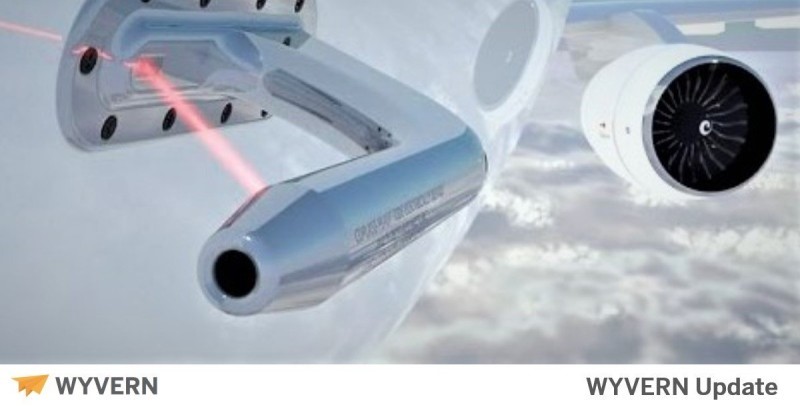Nashua, NH: EASA – European Union Aviation Safety Agency has noticed an alarming trend in the number of reports of unreliable speed and altitude indications during the first flight(s) following the aircraft leaving storage, caused by contaminated air data systems.
This has led to a number of Rejected Take-Off (RTO) and In-Flight Turn Back (IFTB) events. Most of the reported events concerned the accumulation of foreign objects, such as insect nests, in the pitot static system. This contamination caused obstruction of pitot probe and static port orifices, in some cases on multiple systems, even when the covers were installed. The risk of such contamination was increased, if the aircraft storage/de-storage procedures were not completely or improperly applied at the beginning, during or at the end of the storage period.
CAMOs and MOs are recommended to carefully follow the maintenance instructions for cleaning and inspecting the pitot static system during the return back to service of aircraft, including new and recently updated guidance/recommendations from the TC holders and/or design approval holders.
CAMOs and MOs are recommended to carefully follow the maintenance instructions for cleaning and inspecting the pitot static system during the return back to service of aircraft, including new and recently updated guidance/recommendations from the TC holders and/or design approval holders.

